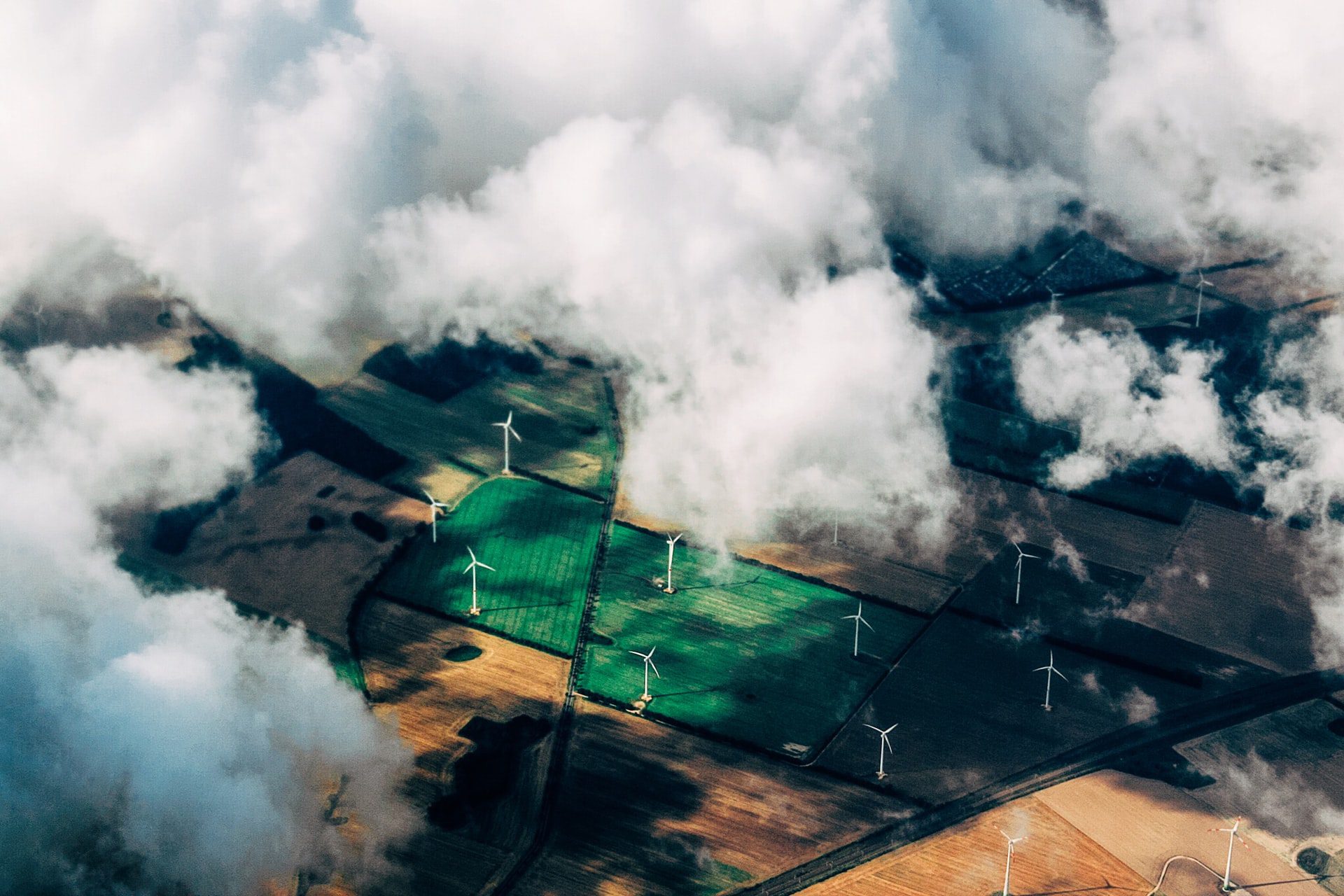A significant change to the European Union’s ‘green’ taxonomy is one step closer to becoming EU law, as parliament finally approved the EU commission’s proposal to include nuclear power and natural gas among ‘green’ energy sources to be targeted for investment.
As part of the taxonomy, nuclear energy and natural gas can be labelled ‘green’ by investors to incentivize private funding of such projects. The labelling is part of the EU’s strategy to reduce carbon emissions, 55% by 2030, and put the block on a path to ‘climate neutrality.’
Adding nuclear and natural gas energy in the taxonomy was a compromise proposed by the EU commission in February, and it comes with several caveats.
Strictly speaking, the two forms of energy have been dubbed ‘green’ only as transitional energies, stepping stones on the way to other forms of energy generation considered less polluting. They must also meet certain requirements. Natural gas plants built through 2030 must replace a coal- or fuel oil-fired plant and switch to a low-carbon gas like hydrogen by 2035. Their CO2 emissions must also stay under a maximum emissions cap over 20 years and result in an overall 55% in carbon emissions reduction.
For nuclear plants to receive the green label, they must pledge to switch to so-called accident-tolerant fuels by the beginning of 2025, as well as provide detailed plans for final storage of radioactive waste in 2050.
But where investors will put their money remains to be seen. Though the taxonomy is designed to encourage investment in certain kinds of energy, there are no prohibitions on investing in any form of legal energy. Calling nuclear and natural gas ‘green’ also contradicts the standards of the European Investment Bank.
Both supporters and opponents of the taxonomy cite essentially the same reasons for their stance for or against granting nuclear and natural gas energy the green label. Burning natural gas for energy does release carbon into the atmosphere, but far less than other fossil fuels such as coal and oil. Although nuclear power plants do not emit CO2, their by-product is radioactive nuclear waste that must be safely stored. They are also linked with nuclear disasters.
For hard-core environmentalists and countries that have already weighted their energy production away from both gas and nuclear, the taxonomy is considered ‘greenwashing.’ Others consider it a practical necessity to ensure Europe’s energy security.
The proposal had a comfortable margin of support. Of 639 lawmakers present, a total of 328 MEPs supported the commission’s proposal as is, with 278 objections and 33 abstentions. Defeating the commission’s proposal would have required an absolute majority of 353 votes.
To become EU law, the addition to the taxonomy must still get approval from the block’s governments assembled as the EU Counsel. Passing this proposal does not require a unanimous vote, only a majority, which is expected to be easily reached despite the opposition of some ten countries, including Spain and Austria.





